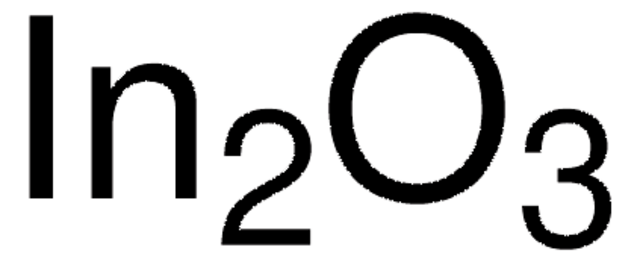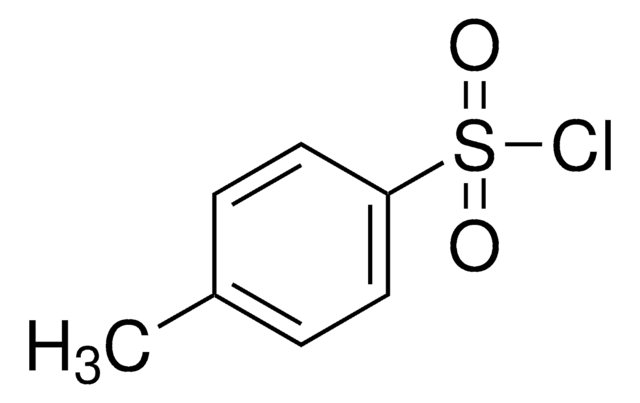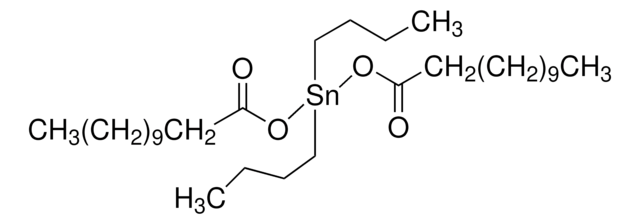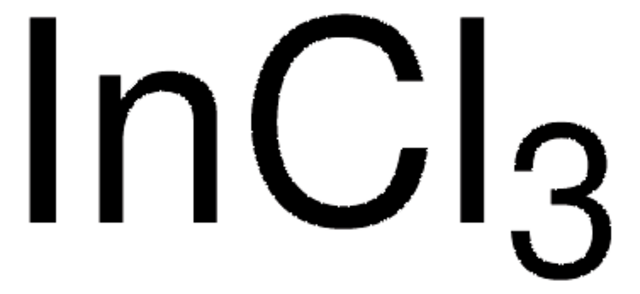203424
Indium(III) oxide
99.998% trace metals basis
Sinonimo/i:
Diindium trioxide, Indium sesquioxide
About This Item
Prodotti consigliati
Tensione di vapore
<0.01 mmHg ( 25 °C)
Livello qualitativo
Saggio
99.998% trace metals basis
Stato
powder
Impiego in reazioni chimiche
reagent type: catalyst
core: indium
Densità
7.18 g/mL at 25 °C (lit.)
applicazioni
battery manufacturing
Stringa SMILE
O=[In]O[In]=O
InChI
1S/2In.3O
SHTGRZNPWBITMM-UHFFFAOYSA-N
Cerchi prodotti simili? Visita Guida al confronto tra prodotti
Applicazioni
- Synthesis and Characterization: The development of gold nanoclusters on the surface of tin and indium oxide films, synthesizing new materials for advanced applications (Korotcenkov et al., 2014).
- Photocatalysis: Using nitrogen/sulfur-codoped carbon-coated indium oxide nanoparticles as excellent photocatalysts, providing insights into environmental and energy applications (Sun et al., 2019).
Codice della classe di stoccaggio
11 - Combustible Solids
Classe di pericolosità dell'acqua (WGK)
WGK 3
Punto d’infiammabilità (°F)
Not applicable
Punto d’infiammabilità (°C)
Not applicable
Dispositivi di protezione individuale
dust mask type N95 (US), Eyeshields, Gloves
Scegli una delle versioni più recenti:
Possiedi già questo prodotto?
I documenti relativi ai prodotti acquistati recentemente sono disponibili nell’Archivio dei documenti.
I clienti hanno visto anche
Articoli
Self-Assembled Nanodielectrics (SANDs) for Unconventional Electronics
Spectral conversion for solar cells is an emerging concept in the field of photovoltaics, and it has the potential to increase significantly the efficiency of solar cells. Lanthanide ions are ideal candidates for spectral conversion, due to their high luminescence efficiencies and rich energy level structure that allows for great flexibility in the upconversion and downconversion of photons in a wide spectral region (NIR-VIS-UV).
Il team dei nostri ricercatori vanta grande esperienza in tutte le aree della ricerca quali Life Science, scienza dei materiali, sintesi chimica, cromatografia, discipline analitiche, ecc..
Contatta l'Assistenza Tecnica.









